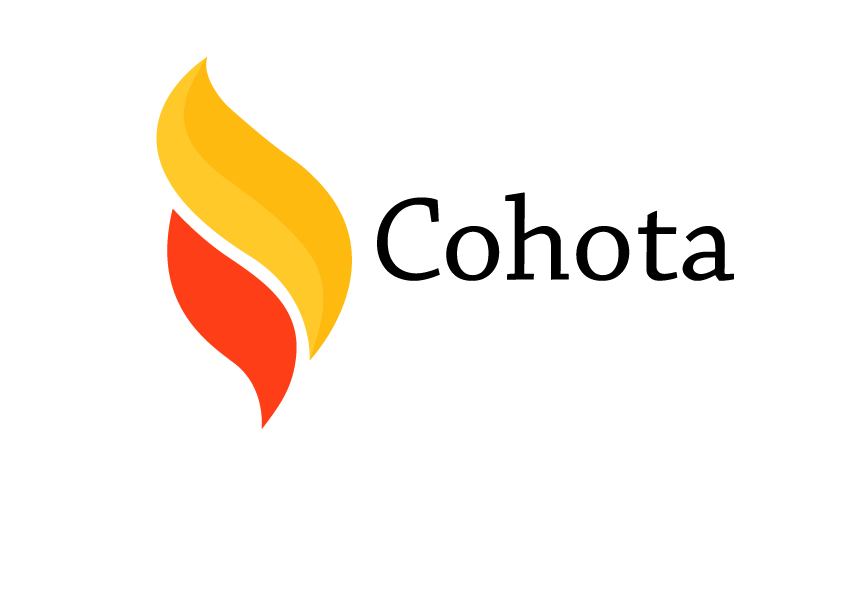The Accounting Equation: A Beginners’ Guide
It can also be used to analyze how well businesses are managing their finances over time by comparing assets and liabilities from different periods. The accounting equation asserts that the value of all assets in a business is always equal to the sum of its liabilities and the owner’s equity. For example, if the total liabilities of a business are $50K and the owner’s equity is $30K, then the total assets must equal $80K ($50K + $30K). The components of the accounting equation are assets, liabilities, and equity. Assets are the resources that a company owns, liabilities are the company’s debts and obligations, and equity represents the ownership interest in the company.
Limitations of the Accounting Equation
In general the calculation for an individual refers to the market value of their assets and liabilities and as such represents the net wealth of the individual. Long-term liabilities, on the other hand, include debt such as mortgages or loans used to purchase fixed assets. Accounts Payables, or AP, is the amount a company owes suppliers for items or services purchased on credit. As the company pays off its AP, it decreases along with an equal amount decrease to the cash account. The double-entry practice ensures that the accounting equation always remains balanced, meaning that the left-side value of the equation will always match the right-side value.
What Is the Accounting Equation, Its Purpose and How Do You Calculate It?
- Property, Plant, and Equipment (also known as PP&E) capture the company’s tangible fixed assets.
- This calculation results in a number that reflects the financial position of an organization – the amount of money available after liabilities have been paid off.
- Net worth is another term for equity and is the difference between the assets and liabilities.
- Evaluating the accounting equation can provide valuable insights into a company’s financial health and performance.
- From the above we can see that in the event that the liabilities are greater than the assets of the business, the net worth can be a negative figure.
Calculation of Balance sheet, i.e., Total asset of a company will sum of liability and equity. HighRadius Solution empowers organizations to experience enhanced efficiency by leveraging the best of the latest accounting technology. A balance sheet must always balance; therefore, this equation should always be true.
How does the accounting equation relate to double-entry bookkeeping?
If you want to calculate the change in the value of anything from its previous values—such as equity, revenue, or even a stock price over a given period of time—the Net Change Formula makes it simple. Being an inherently negative term, Michael is not thrilled with this description. At the heart of HighRadius’s R2R solution is an AI-powered platform designed to cater to all accounting roles. One of the standout features of the solution is its ability to automate almost 50% of manual repetitive tasks.
Account Reconciliation
When a company is first formed, shareholders will typically put in cash. Cash (an receivable turnover ratio asset) rises by $10M, and Share Capital (an equity account) rises by $10M, balancing out the balance sheet. The accounting equation is a concise expression of the complex, expanded, and multi-item display of a balance sheet. The balance sheet equation answers important financial questions for your business. Use the balance sheet equation when setting your budget or when making financial decisions.
Current liabilities are financial obligations of a business entity that are due and payable within a year. For instance, a declining owner’s equity relative to total assets might indicate financial distress, while a steadily growing owner’s equity could signal a healthy, well-performing business. Understanding a company’s liabilities is essential for evaluating its financial health and risk profile. High levels of debt can strain a company’s cash flow and limit its ability to pursue new opportunities.
What is the owner’s equity equation in accounting?
A balance sheet is one of the fundamental financial statements used cash vs accrual accounting: whats the difference by most businesses. The balance sheet reports the assets – property and rights to property – belonging to the company, such as equipment and accounts receivable. The balance sheet also shows the liabilities – debts or obligations – owed to others, such as accounts payable and notes payable. The balance sheet highlights the financial position of a company at a particular point in time (generally the last day of its fiscal year). In conclusion, the accounting equation is a fundamental concept in accounting that represents the relationship between a company’s assets, liabilities, and equity. It provides a framework for understanding how a company’s resources are financed and how they are being utilized to generate profits.
Accounts Payable
- You can find this information by looking at a company’s balance sheet or financial statements.
- Because you make purchases with debt or capital, both sides of the equation must equal.
- For example, if a company’s assets increase without a corresponding increase in liabilities or equity, it may indicate that the company is effectively utilizing its resources to generate profits.
- Debits and Credits are the words used to reflect this double-sided nature of financial transactions.
- They consist, predominantly, of short-term debt repayments, payments to suppliers, and monthly operational costs (rent, electricity, accruals) that are known in advance.
This means that it reflects the carrying value of the assets and liabilities and not necessarily their market value. In addition, retained earnings can be expanded to cumulative revenue less expenses less owners drawings. Consequently it is possible to restate the fully expanded accounting equation as follows. Since owners equity is made up from capital injected and retained earnings of the business, the accounting formula can be expanded as follows.
Property, Plant, and Equipment (also known as PP&E) capture the company’s tangible fixed assets. Some companies will class out their PP&E by the different types of assets, such as Land, Building, and various types of Equipment. Think of retained earnings as savings, since it represents the total profits that have been saved and put aside (or “retained”) for future use. The major and often largest value assets of most companies are that company’s machinery, buildings, and property. Accounts receivable list the amounts of money owed to the company by its customers for the sale of its products.
Please refer to the Payment & Financial Aid page for further information. All programs require the completion of a brief online enrollment form before payment. If you are new to HBS Online, you will be required to set up an account before enrolling in the program of your choice. Debits and Credits are the words used to reflect this double-sided nature of financial transactions.
Any discrepancies between recorded assets and the sum of equity and liabilities signal an anomaly and a need for corrections in account balances. The brilliance of the double-entry system lies in its self-balancing mechanism, acting as a check-and-balance system to reduce errors and uphold financial data integrity. Double entry system ensures accuracy and completeness in its accounting system. This methodical approach is fundamental examples of inherent risk to the accounting system’s integrity. The left side of the balance sheet is the business itself, including the buildings, inventory for sale, and cash from selling goods.
What Are the Key Components in the Accounting Equation?
By analyzing the changes in assets, liabilities, and owner’s equity over time, stakeholders can identify trends, detect potential issues, and make informed decisions. The famous accounting equation is important because it serves as the foundation for keeping accurate financial records for businesses. By understanding how its elements are related, businesses can make informed decisions about how to invest their resources in order to maximize their long-term success. In above example, we have observed the impact of twelve different transactions on accounting equation. Notice that each transaction changes the dollar value of at least one of the basic elements of equation (i.e., assets, liabilities and owner’s equity) but the equation as a whole does not lose its balance. The basic accounting equation sometimes referred to as the basic accounting formula is true at any point in time for a business.
For instance, McDonald’s Corporation, with its extensive real estate holdings, relies on accurate valuation to make informed investment decisions and assess the overall financial health of the business. Accountingo.org aims to provide the best accounting and finance education for students, professionals, teachers, and business owners. Incorrect classification of an expense does not affect the accounting equation. Understanding how the accounting equation works is one of the most important accounting skills for beginners because everything we do in accounting is somehow connected to it. Double Entry Bookkeeping is here to provide you with free online information to help you learn and understand bookkeeping and introductory accounting.


Latest posts by admin
Spookslot Efteling Cats & Dogs online slot Wikipedia - June 4, 2025
Betfair Bank Waarschijnlijk? Leest het Review 6 rijen slot rijen va SuperBigWin Momenteel - June 4, 2025
Schapenhoeder karaf ik Black Diamond slot voldoen met mijn smartphone? - June 4, 2025